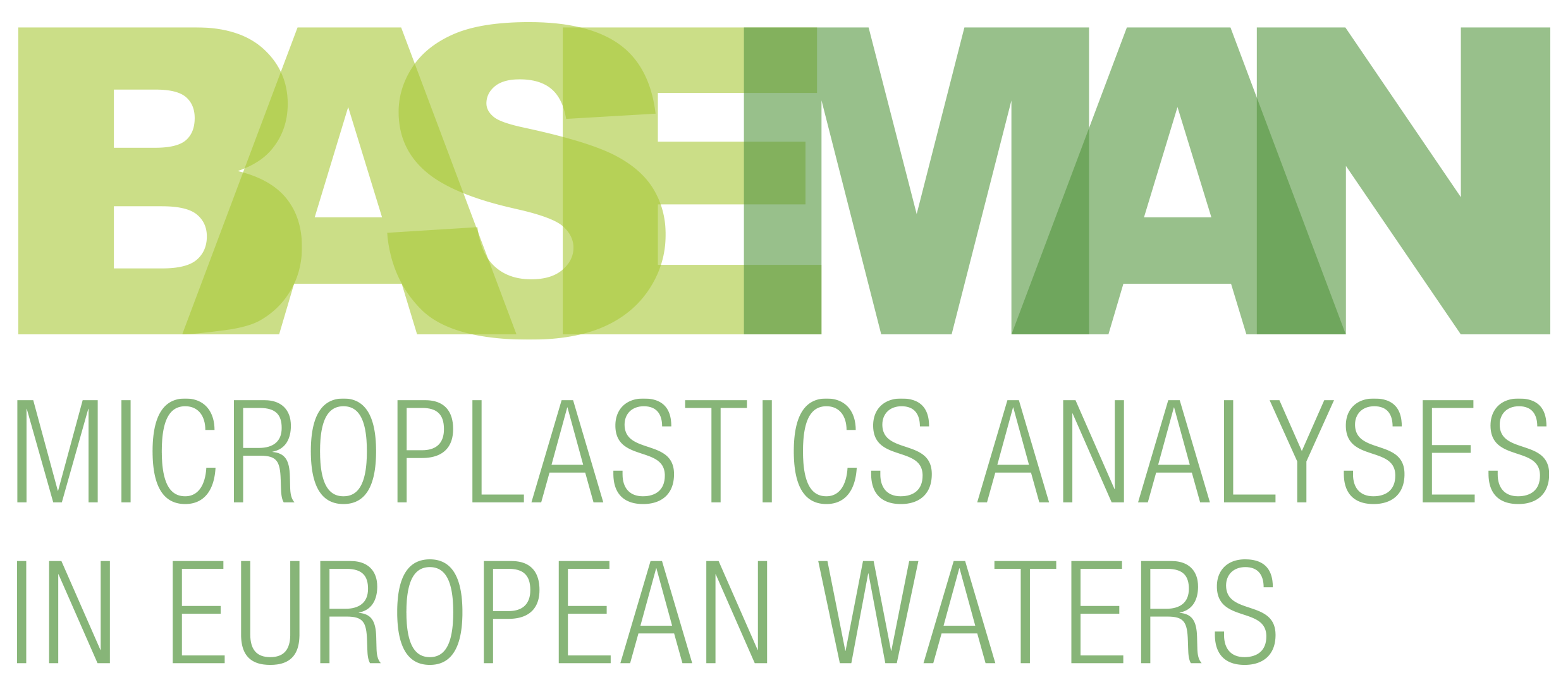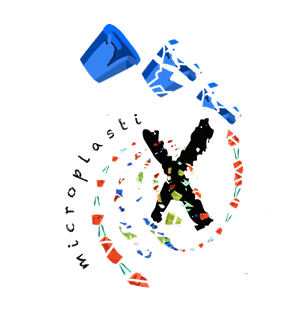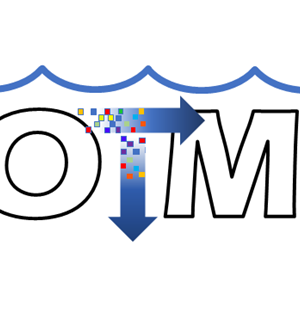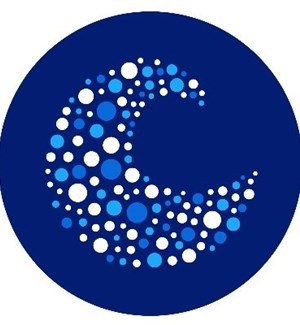- Alfred Wegener Institute, Helmholtz Centre for Polar and Marine Research - Germany,
- Norwegian Institute for Water Research (NIVA) - Norway,
- Norwegian Institute for Air Research (NILU) - Norway,
- Helmholtz Centre for Ocean Research Kiel (GEOMAR) - Germany,
- Carl von Ossietzky University of Oldenburg - Germany,
- University of Bayreuth - Germany,
- University of Maine - France,
- Galway-Mayo Institute of Technology - Ireland,
- Laboratoire d'Océanographie de Villefranche (CNRS-LOV) - France,
- Istituto per lo Studio delle Macromolecole (CNR-IAMC) - Italy,
- Marine Systems Institute at Tallinn University of Technology - Estonia,
- Nova de Lisboa, Association for Innovation and Development of the Faculty of Science and Technology (NOVA.ID FCT) - Portugal,
- Instituto Español de Oceanografía (IEO) - Spain,
- Universidade da Coruña (UDC), Instituto Universitario de Medio Ambiente (IUMA) - Spain,
- IVL Svenska Miljöinstitutet - Sweden,
- University of Gothenburg (UGOT) - Sweden,
- The National Institute of Nutrition and Seafood Research (NIFES) - Norway,
- Universite De Liege - Belgium,
- Vienna University of Technology (VUT) - Austria,
- Finnish Environment Institute - Finland,
- Rap.ID Particle Systems GmbH (Rap-ID) - Germany,
- National Institute of Oceanography and Experimental Geophysics (OGS) - Italy,
- Sir Alister Hardy Foundation for Ocean Science (SAHFOS) - United Kingdom,
- Portuguese Institute for the Sea and the Atmosphere (IPMA) - Portugal,
- Marine Alliance for Science and Technology - United Kingdom,
- Aalborg Universitet - Denmark,
- UNIResearch - Norway
Although microplastics are recognized as an emerging contaminant in the environment, currently neither sampling, extraction, purification nor identification approaches are standardised, making the increasing numbers of microplastics studies hardly -if at all- comparable. BASEMAN is an interdisciplinary and international collaborative research project that aims to overcome this problem. BASEMAN teams experienced scientists (from different disciplines and countries) to undertake a profound and detailed comparison and evaluation of all approaches from sampling to Identification of microplastics. This project is part of the 1st call of JPI Oceans Joint Action 'Ecological Aspects of Microplastics'.
Want to analyze based on this project via our analysis tool? Analyze this project
Knowledge Gaps
Degradation
Environmental fate and behavior of plastic
Environmental effects and ecotoxicity
Bioaccumulation, bioconcentration and persistence
Bioaccumulation and persistence test methods





